The News on Helmets
A new review from the University of Vermont says more skiers and riders than ever are protecting their heads—and with good reason. Here’s how you can do it in style this year.
A new review by a team of doctors at the University of Vermont, among them Dr. Nathan Endres, set to be published in Sports Health in 2019, takes a look at skier injuries over the last half decade and uncovers some interesting findings about helmet use.
Surveying several studies, Dr. Endres and his colleagues found that while skier injuries overall have declined over the last 35 years and helmet use is on the rise, the rate of serious traumatic brain injuries sustained by skiers and riders remains constant. This begs the question: How effective are helmets at keeping our brains safe?
Between 1995 and 2012, the percentage of skiers at American ski areas who wore helmets increased from 8 to 84 percent, according to a study published in 2015 in the Journal of ASTM International. The authors of that study found that over the same period of time, the prevalence of head injuries decreased from 8.4 percent to 6.8 percent. Of 10 observed skull fractures, only one occurred while a skier was wearing a helmet.
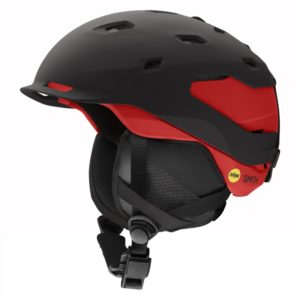
Despite this pattern, head and neck injuries still account for 13 percent of all skiing and snowboarding-related injuries nationwide. According to Dr. Endres, that figure has remained relatively constant over the years, despite increased helmet use. According to his review, so has the frequency with which skiers and snowboarders die from traumatic injuries, of which brain injuries are the most common. Further, the rate of serious traumatic brain injuries remains constant.
“Overall, the data indicate that increased helmet use most likely reduces the risk of minor and moderate head injuries and potentially serious head injuries but does not decrease the overall incidence of fatalities. There is no indication that there are any adverse effects of widespread helmet use,” writes Dr. Endres and his colleagues in the 2019 review.
Dr. Endres says that although helmets have their limits in crashes involving high speeds and concussions, “based on what we know, there really is no good reason not to wear a helmet when you ski.”
As the market for helmets has grown dramatically over the last 20 years, so has the diversity of offerings. You can now opt for a helmet with built-in earbud pockets, adjustable vents and any number of styles, designs at colors. Across the cost spectrum, most are lightweight and just about all are tested against a consistent set of standards set by the American Society for Testing and Materials (look for a small sticker on the helmet’s interior that reads “ASTM-Certified”).
For an extra cost, you can purchase a helmet outfitted with MIPS, or Multi-Directional Impact Protection System technology, a feature that aims to protect your head against the rotational forces that many researchers believe cause concussions. MIPS is essentially an elastic layer that allows the shell and liner to slide relative to the head and rest of helmet upon an angular impact.
So which helmet should you choose? According to Dr. Endres and other medical professionals, the best helmet is the one you will wear consistently, that fits you properly and that makes you want to wear it. If you can splurge on MIPS technology, it’s probably a good choice, but if you can’t, don’t sweat it. These days, helmets generally differ in cost according to features that make them more comfortable, stylish and easy to use. A more expensive helmet may get you built in earbuds and adjustable vents, but it’s not clear that it will make you (or your brain) dramatically safer.
However, all helmets currently on the market are designed to take a single impact, says Burton helmet designer and engineer Dave Connery. You should replace your brain bucket if you take a fall and see an imprint of the liner in its foam interior. Furthermore, if your helmet is more than five years old, its strength may be compromised even if you haven’t taken a major fall with it. In either scenario, it’s time to shop for a new helmet.
We talked with a few local experts from Skirack, Outdoor Gear Exchange and Burton’s Anon to get their top picks for the best new gear. Here’s what we learned.
Helmet Picks for 2019
Just like with boots, if you’re buying a helmet, it’s worth taking a trip to your local ski shop to get fitted. It’s also a good idea to replace your ski or snowboard helmet every five to ten years. “By the time you get to 15, 20 years of use, it’s like skiing in an old Styrofoam cup,” says veteran Skirack bootfitter Doug Stewart.
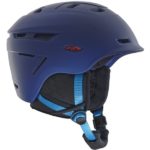
Anon Echo and Omega MIPS ($189.95): This is Dave Connery’s top pick and what he tours with. It features 15 vents, is an in-mold helmet, is lightweight (it weighs less than one pound) and has a magnetic lock closure for the strap. You can save a little by opting out of the MIPS model. “I wear it for side country tours because the venting system is comfortable enough that I can wear it while moving uphill,” says Connery.
Anon Invert MIPS ($159.95): While it may not come with adjustable vents, the Invert
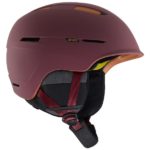
stands out for its comfort and fit. Anon’s Auto-Adjust Fit System makes it easy to fit the lightweight in-mold construction to just about any head shape and the magnetic locking chin strap and earbud-compatible features help too.
Giro Ledge MIPS ($80): If MIPS is important to you, Giro’s Ledge model offers the added protection for just $80 in a hard-shell construction with fixed vents, something Stewart says is just about impossible to find. “It’s at the $100 price point that you start to see features like adjustable vents,” says Stewart.
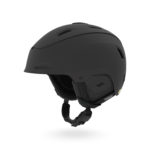
Giro Range MIPS ($250): “Giro is a part-owner in MIPS, which means that you can often get the technology in their helmets without the premium you see in other brands,” says Doug Stewart, Skirack’s expert bootfitter and a longtime ski instructor. This helmet comes with a two-piece shell that allows the skier to tighten or loosen the entire shell of the helmet, instead of a narrow band in the back.
Pret Lyric X and Haven X MIPS ($120): At 395g, this is a lightweight but affordable helmet perfect for touring. It features a closed vent but effective in-mold design, MIPS technology, a magnetic chin strap for easy removal and a liner made of blended wool and recycled fleece.
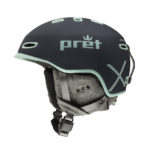
Smith Quantum MIPS ($299): This MIPShelmet features a lightweight, breathable AercoreTM interior, made of a super strong honeycomb material called Koroyd, in addition to traditional EPS foam. It comes with 22 adjustable vents, a BoaA fit adjustment dial and a magnetic strap buckle for one-handed adjustments on the chairlift.
A NEW CRASH SENSOR?
Specialized ANGi Sensor ($50.00): This winter, Specialized came out with a new gadget that combines the functions of ride tracking, crash detection and safety beacon into one 10g package that attaches to their helmets and syncs with an app on your smartphone.
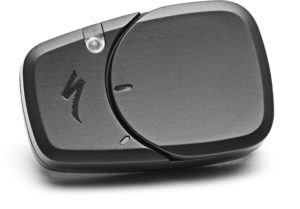
Though the technology is designed for road cycling, it has a lot of potential for use on ski helmets and for fatbiking. ANGi works by detecting a potentially dangerous helmet impact and notifying the Specialized Ride app, which then notifies your emergency contacts and sends them your most recent GPS coordinates—if you don’t indicate that you are OK within a customizable window of time. The sensor can be mounted to any helmet but all of Specialized’s 2019 models will come equipped with an ANGi-specific mount.

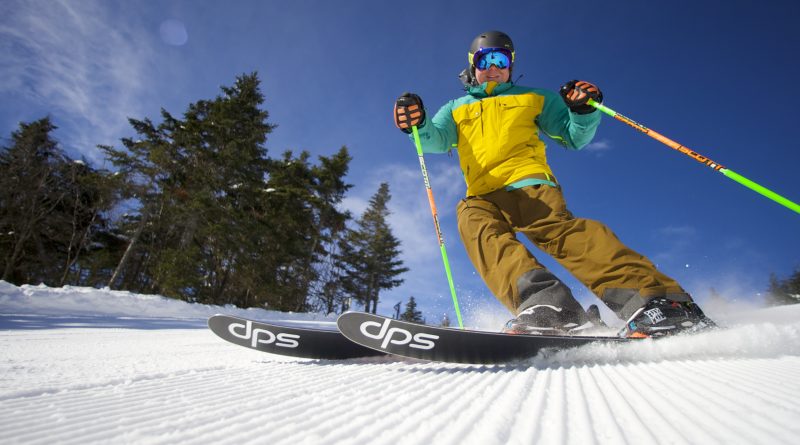
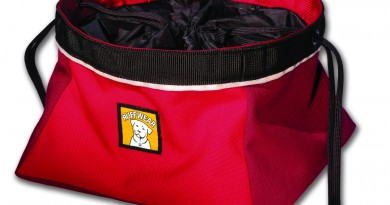
What your article suggests is that helmets are effective in preventing skull fractures but do little to prevent traumatic brain injuries. Fortunately there is new technology on the horizon aimed at reducing traumatic brain injuries. The Q30 collar is currently sold in Canada and is going through the FDA approval process in the US. The simple device is worn around the neck and increases the volume of blood in the skull, preventing the brain from sloshing in the skull. Brain “slosh” is behind traumatic brain injuries. More on the collar can be found on the company’s website: http://q30innovations.com/q-collar/